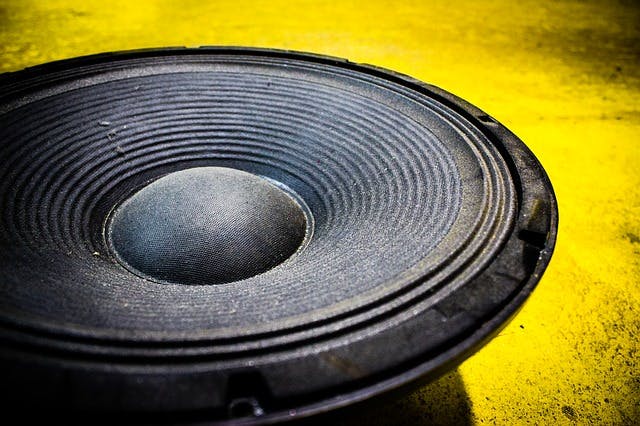Drama at the publisher of former Gawker Media websites including Deadspin and Gizmodo is offering a glimpse into the sometimes head-scratching aspects of large digital ad buys.
As detailed by the Wall Street Journal, staffers at private equity-backed G/O Media have been outraged, in part, by “scammy advertising” practices the company employed in an effort to meet impression minimums.
Specifically, G/O Media signed a $1m deal with Farmers Insurance Group under which it was required to deliver 43.5m ad impressions through September 2020. According to emails obtained by the Wall Street Journal, G/O Media teams responsible for executing on the deal believed that the company would not be able to deliver, which apparently prompted it to begin running sound-on auto-play ads for the insurance giant in an effort to boost impressions.
Sound-on auto-play ads are are considered among the worst digital ad formats. The Coalition for Better Ads, whose members include Google, the IAB, GroupM and Procter & Gamble, states:
“This ad experience is especially disruptive because it catches the reader off guard and often compels them to quickly close the window or tab in order to stop the sound — especially if they are on their mobile device and in a public place, where such noise can be a public nuisance and personal embarrassment.”
Despite their reputation as a horribly user-unfriendly and loathed format, it remarkably appears that G/O Media’s use of sound-on auto-play ads was done with Farmers’ approval.
“To increase consumer engagement with the Farmers brand, we are running online auto-play video ads, via G/O Media, with the sound-on feature,” a Farmers spokesman told the Wall Street Journal. “We will continue to evaluate the effectiveness of this program and make adjustments, as necessary.”
According to G/O Media, “The ads are performing incredibly well against target reach and engagement with the audience”, supposedly referring to metrics such as clicks.
Farmers has since reportedly ended its deal with G/O Media, but the fact that such a large brand would approve the use of sound-on auto-play ads in the first place on the basis that it would “increase consumer engagement” reveals that for all the progress that has been made in cleaning up the digital ad ecosystem, a lot of improvement is still needed.
Specifically, Farmers’ apparent belief that it could increase engagement with sound-on auto-play ads demonstrates that some brand marketers retain misguided beliefs about digital advertising KPIs. Sound-on auto-play ads can increase impressions, but with numerous studies evidencing the fact that consumers by and large hate them, what good is that?
With this line of reasoning, brands could call slapping consumers in the face “engagement” and argue that it helps their business when anybody with an iota of common sense would see that it doesn’t.
As for the potentially higher number of clicks sound-on auto-play ads might generate, there’s an obvious explanation that makes higher CTRs a lot less impressive: many users are likely clicking on these ads accidentally in the process of trying to quickly disable them.
The good news for the industry is that efforts by browser makers and groups like the Coalition for Better Ads will almost certainly lead to the death of these ads. But so long as the thinking that allows large brands to justify their use remains, the digital ad ecosystem will continue to be its own worst enemy.
Getting to Grips with Digital Advertising – Best Practice Guide







